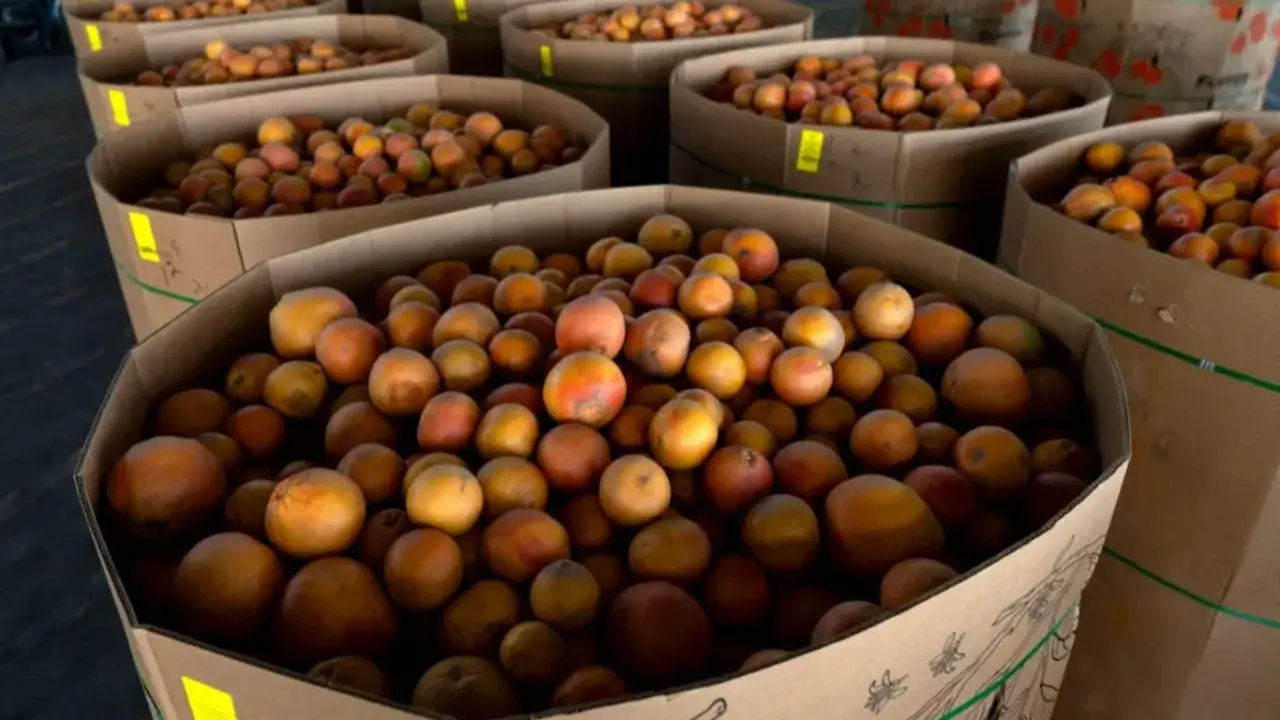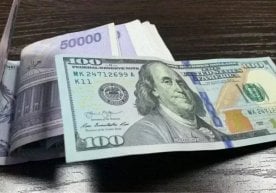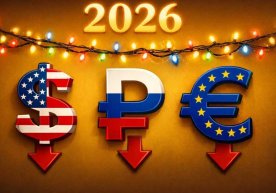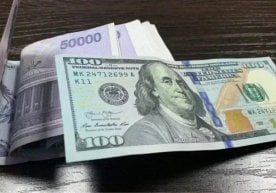
On August 1, 2025, following U.S. President Donald Trump’s announcement of new tariff measures, business leaders worldwide responded sharply. New duty rates were imposed on products from over 90 countries, seriously affecting global trade relations.
North America: Tensions Between Neighbors
Tariffs on Canada were raised from 25% to 35%, while Mexico was granted a 90-day grace period. Jaime Chamberlain, a fruit and vegetable importer from Nogales, U.S., said this temporary move “could lead to a proper solution.” However, if no deal is made, many farmers might halt exports.
Asia: Different Approaches
Thailand: The initially expected 36% tariff was lowered to 19%. Richard Han, CEO of major manufacturer Hana Microelectronics, said this was a “shock,” but noted that the lower rate helps maintain competitiveness.
India: In addition to a 25% tariff, the country was threatened with unspecified sanctions due to ties with Russia. Tea exporter Aurobindo Nayak said the measure would increase inflation for U.S. consumers.
Laos: A 40% tariff became a major blow for the small economy. Industries employing around 60,000 workers are now at risk.
Europe: Disproportionate Agreements
Italy: Tariffs averaged 15%, a notable increase from the previous 4.8%. Serious impact is expected in agriculture, pharmaceuticals, and the automotive industry.
Switzerland: Instead of the expected 10%, a 39% duty was imposed. Producers of pharmaceuticals, jewelry, and industrial equipment called this a “protectionist signal.”
South America: Tariffs Amid Political Tension
Brazil: Tariffs rose from 10% to 50%. This move is linked to Trump’s political stance criticizing the current leadership and his ties with former president Bolsonaro. Coffee exporters noted rising prices in the U.S. and have begun seeking new markets.
Users of Меҳмон are not allowed to comment this publication.




















